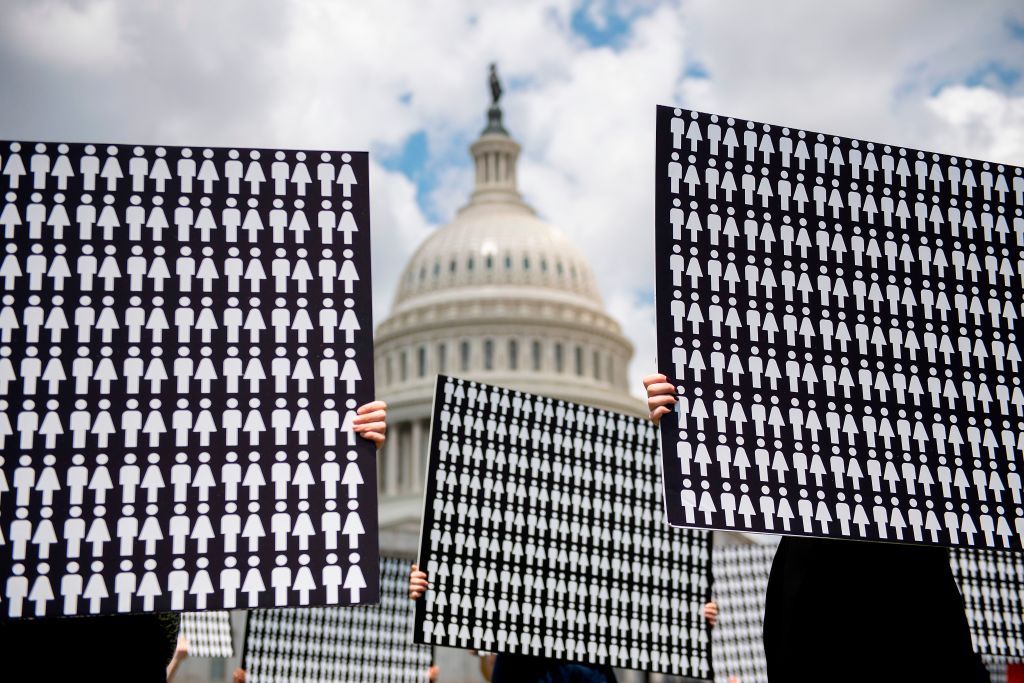TOP 10 ways the pandemic intersects with gun violence in the U.S.
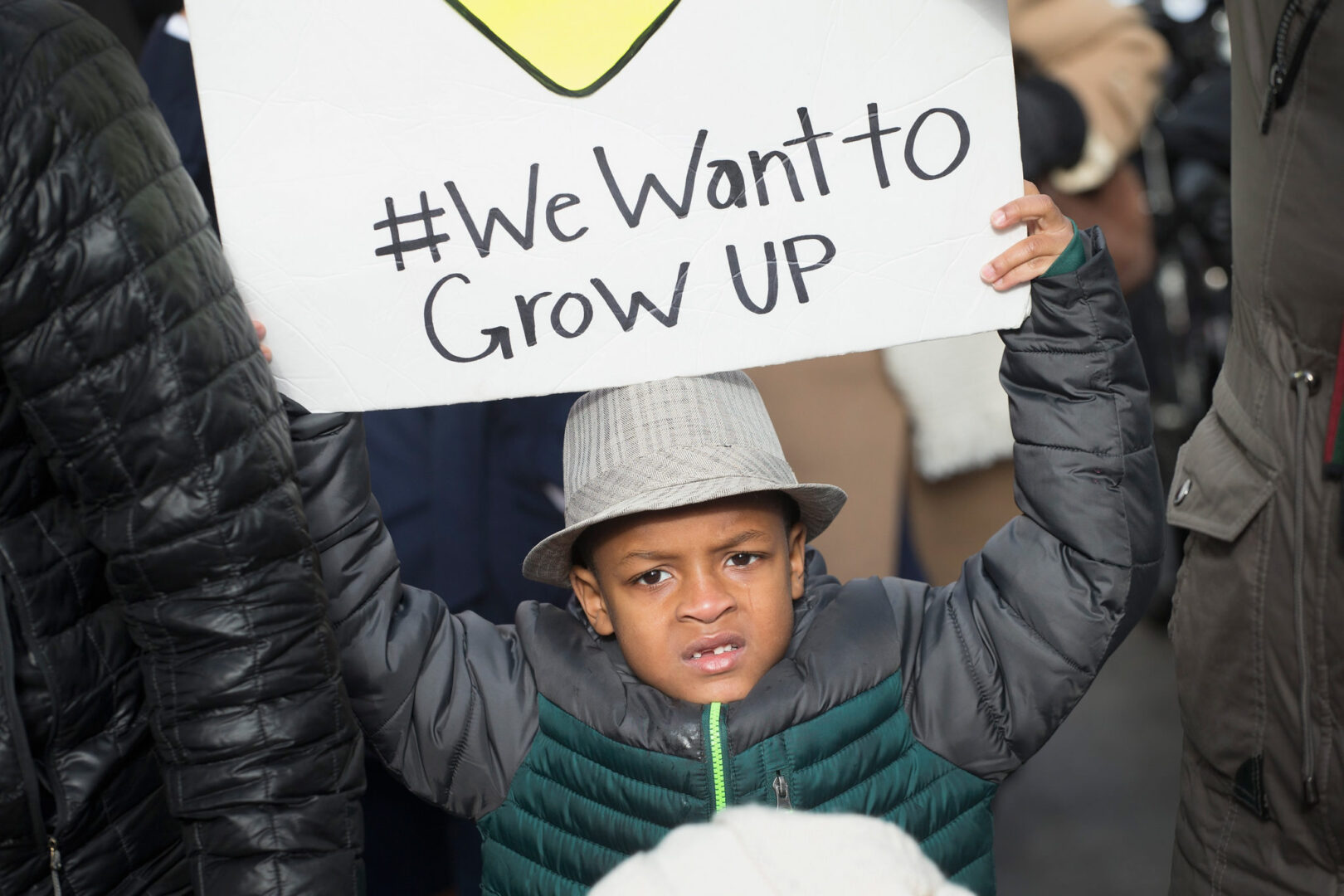
CHICAGO, IL – DECEMBER 31: Demonstrators calling for an end to gun violence and the resignation of Chicago Mayor Rahm Emanuel march through downtown on December 31, 2015 in Chicago, Illinois. The shooting deaths by police of a 19-year-old college student Quintonio LeGrier and his 55-year-old neighbor Bettie Jones and a recently released video showing the shooting of 17-year-old Laquan McDonald by Chicago Police officer Jason Van Dyke have sparked dozens of protests in the city. Yesterday Emanuel announced several changes that would take place in the police department with the hope of preventing future incidents. (Photo by Scott Olson/Getty Images)
SUPPORT
Community-led violence programs are proven to stop neighborhood shootings, but the survival of many of these life-saving programs is at risk.
Consider supporting or donating to organizations like the Community Justice Action Fund, Live Free U.S., Advance Peace, Life Camp Inc., NY Justice League, and Cure Violence.
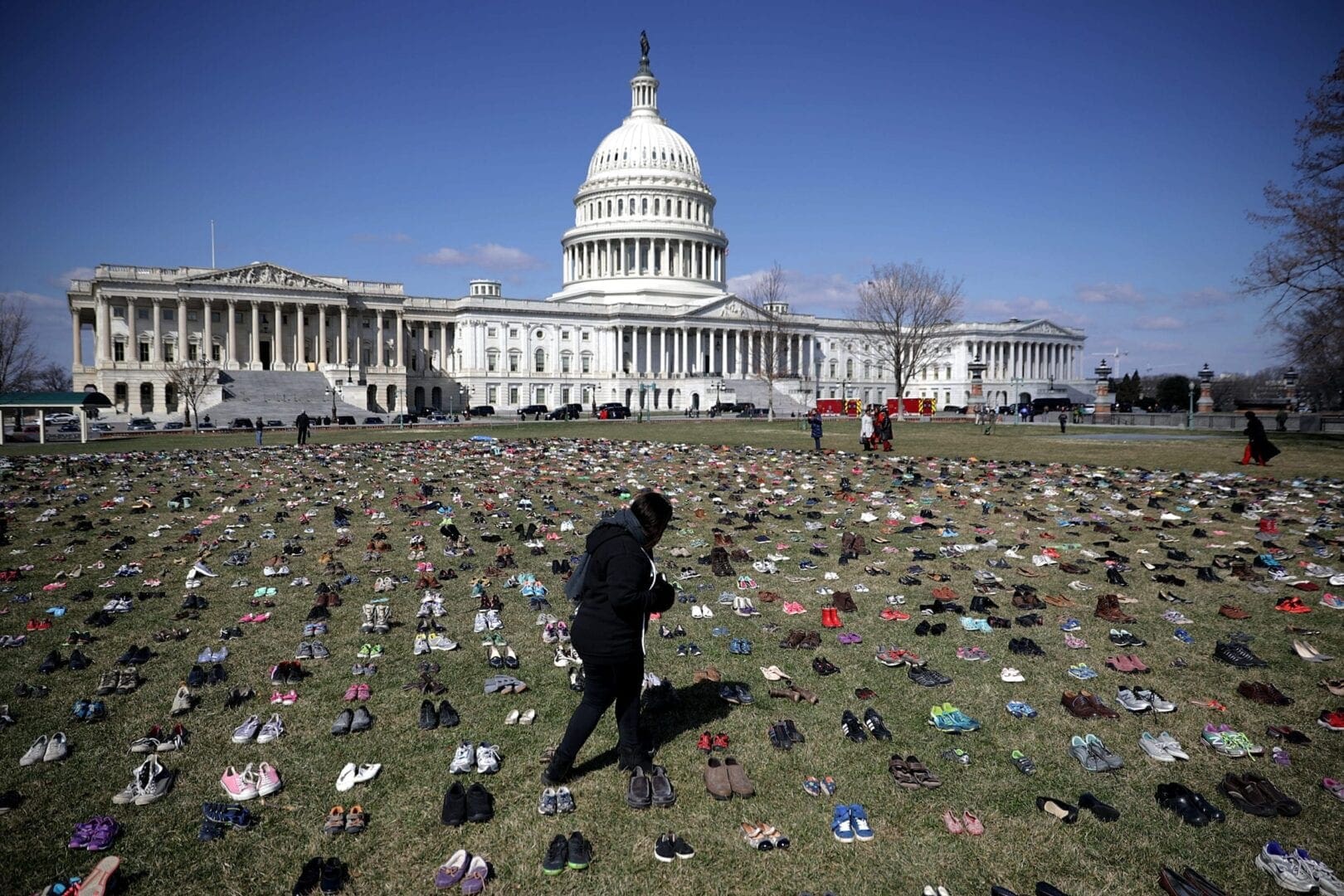
Chip Somodevilla/Getty Images
Tell Congress to address this crisis
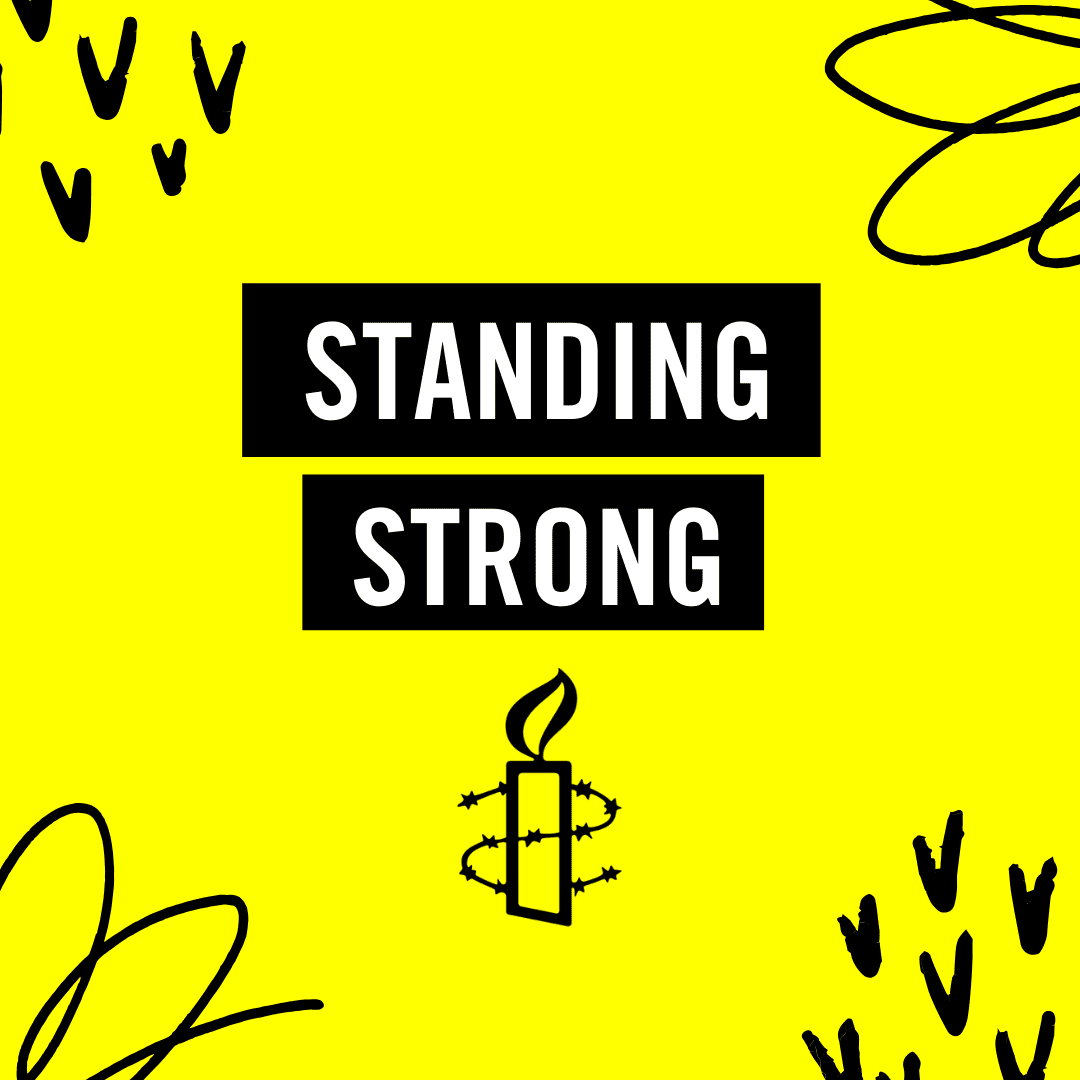
Visit our COVID-19 homepage
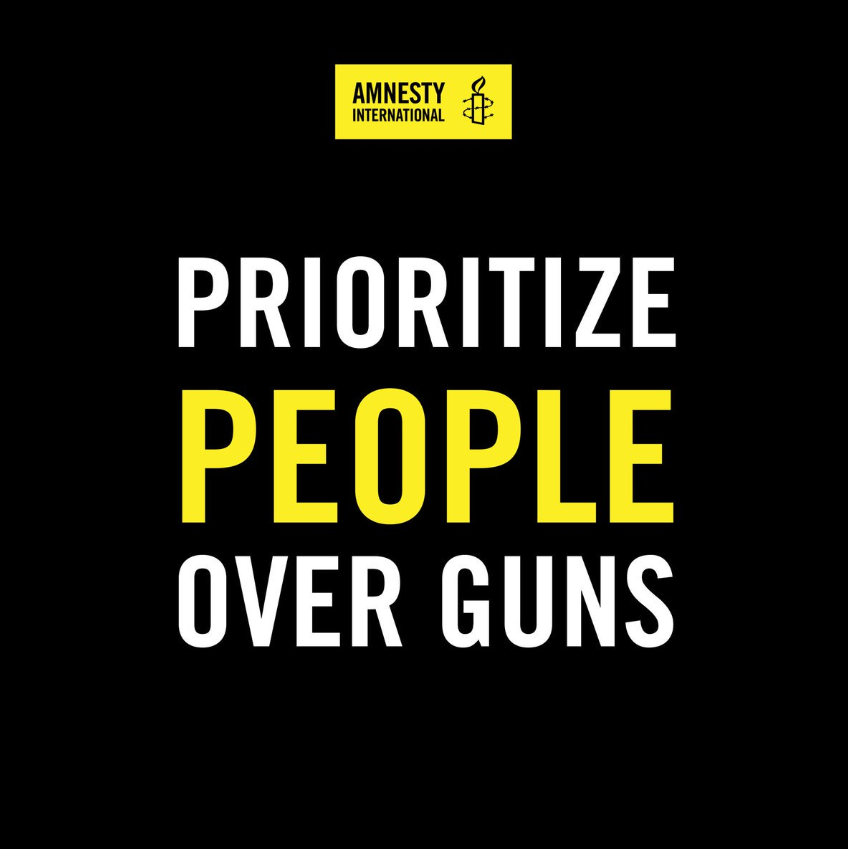
Explore our campaign to end gun violence

